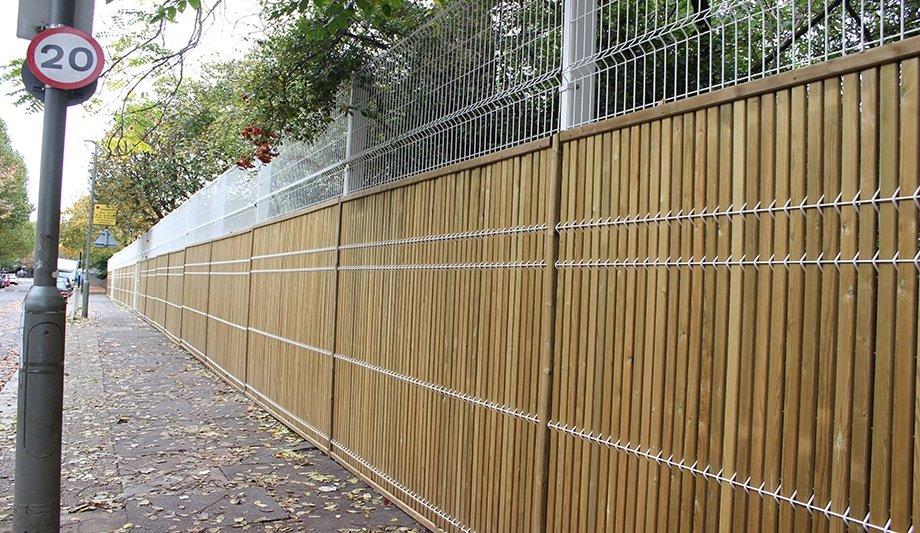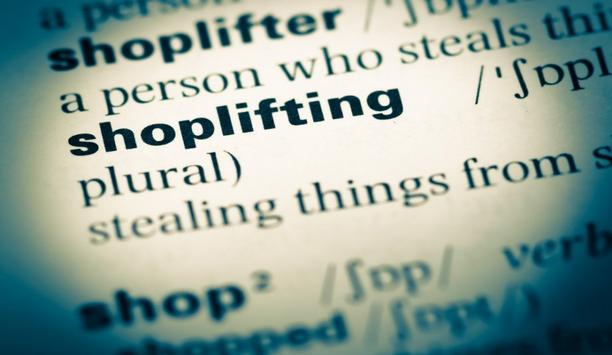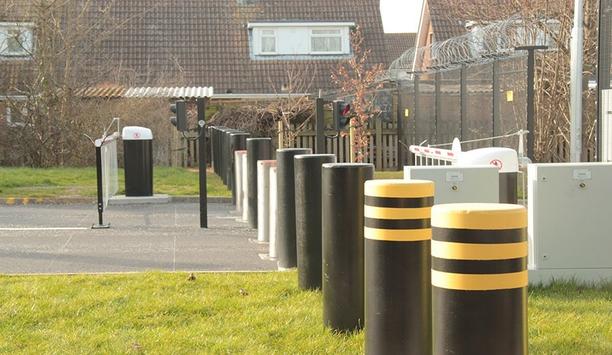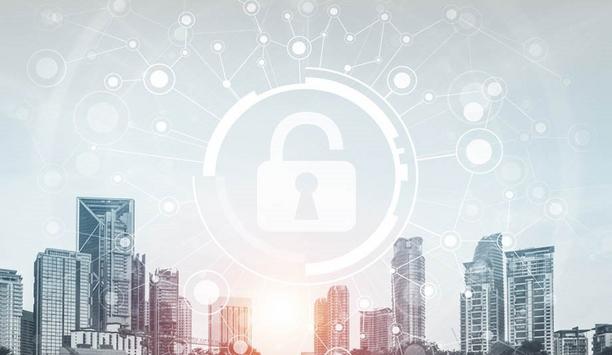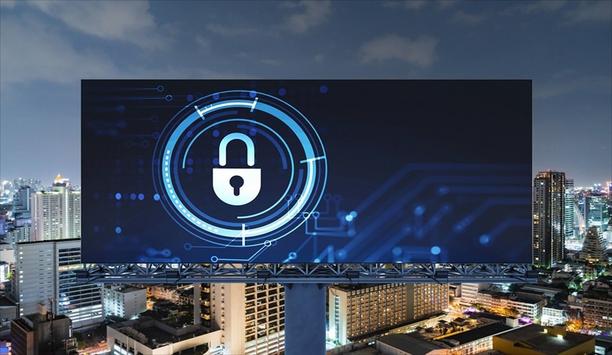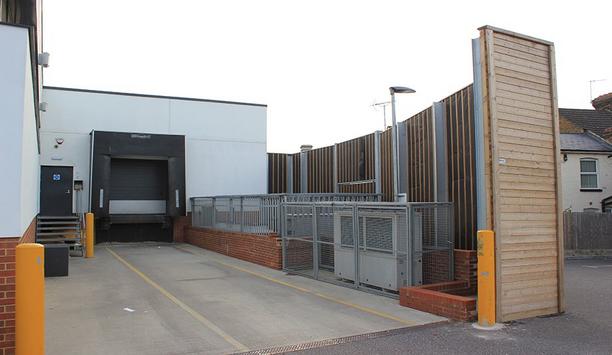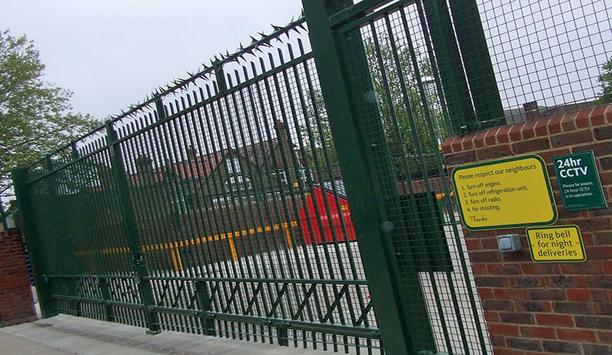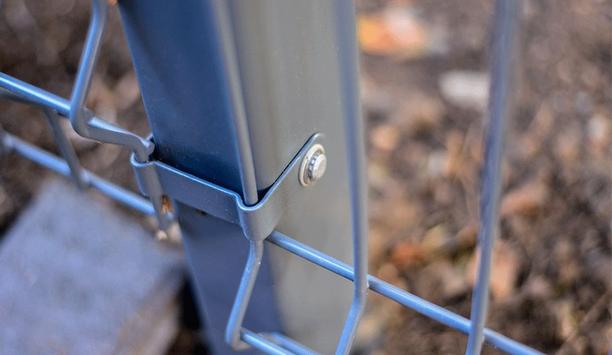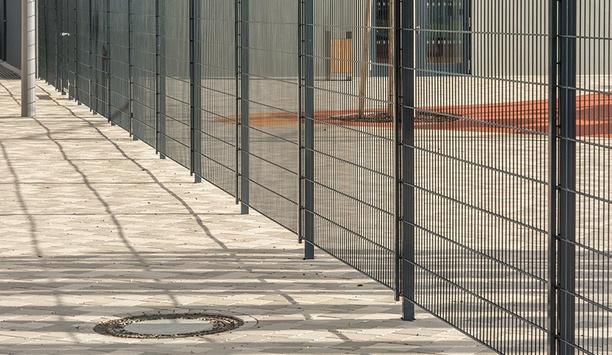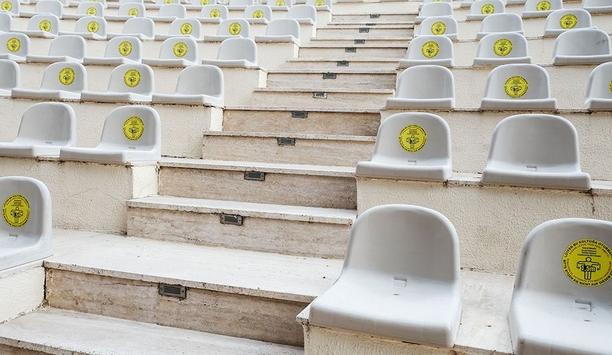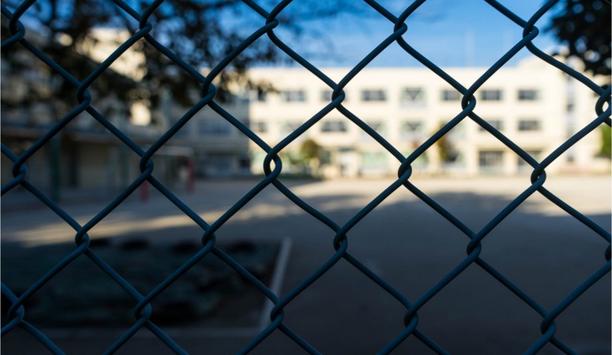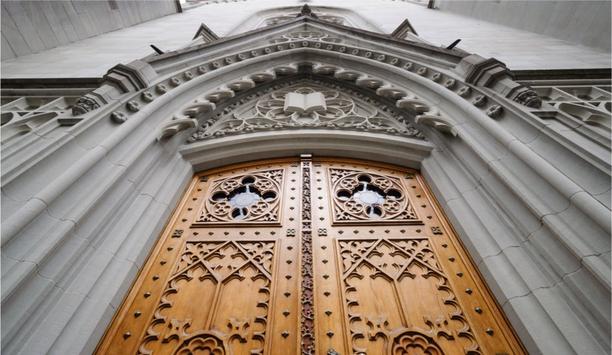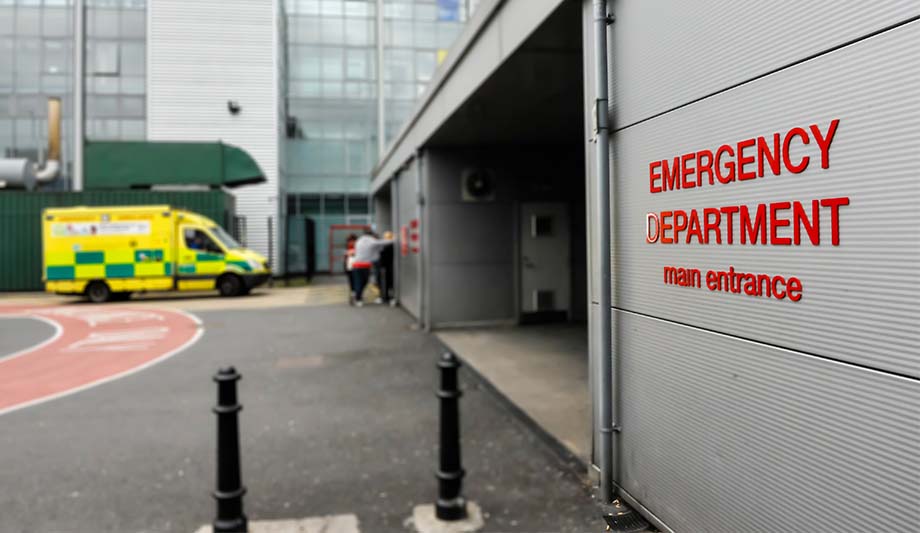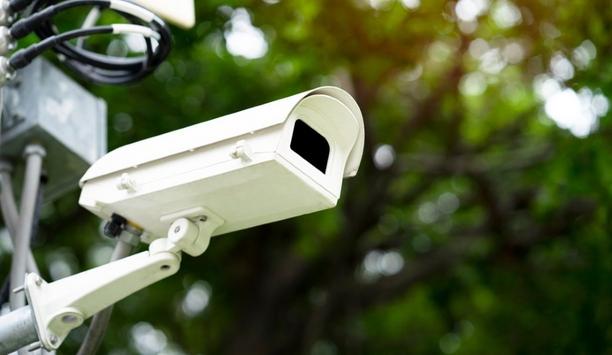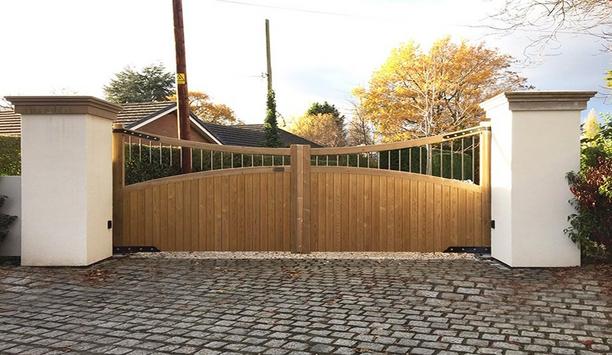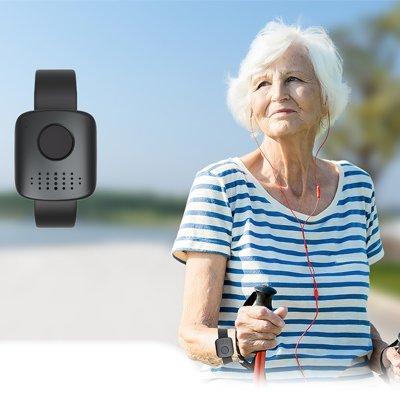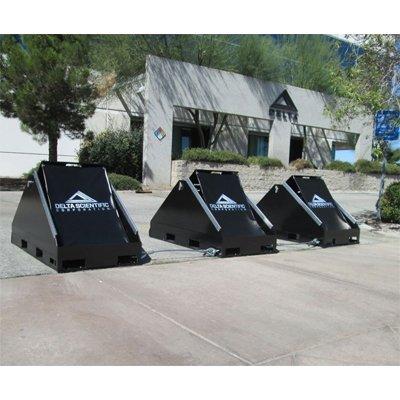The UK’s future depends on our children. Within the four walls of classrooms around the country, young minds are inspired, practical skills are learnt, and new passions are established; these will be tapped into by pupils for decades to come. To make sure outmoded security measures are not having an adverse effect on the performance within, we must first examine the limits and physical safeguards around these educational institutions.
When planning and building any facility for the education sector, security should be given high consideration from the beginning. Following the COVID pandemic, the attendance of pupils is estimated to be 80.8% in 2022, which is still low. Are parents reluctant to send their kids to school due to safety worries perhaps? With around 8.5 million children attending schools every day in the UK, parents must be able to put their children's safety and security in the hands of the school's head teacher and staff.
Children's safety and security
When planning renovations or the construction of a new school, it's crucial to take the school fence, entrance gates, and access control into account. A perimeter should either stand out on its own or fit in with the surroundings while providing an acceptable and realistic level of physical security against any potential threats.
When planning renovations or the construction of a new school, it's crucial to take the school fence
For a special report titled ‘Protecting the Future,’ we commissioned research for which we polled 75 architects, 280 teachers (including around 50 heads), and 1,000 parents (a nationally representative sample) on numerous security-related themes. Our research shows that three out of ten teachers still believe that the school grounds are not secure enough.
Design security solutions
In 28% of schools, our research shows that criminal damage is a problem. Along with burglary, vandalism, arson, and anti-social behavior, there are numerous other hazards. Criminals often target schools because they contain valuable resources.
Other risks include excessive traffic or the chance that students will unintentionally use the fencing as a climbing frame. Any security plan for a school should start with a risk analysis. As every school site is different, facilities managers must design security solutions for schools on an individual basis. These findings prompted us to create our list of the top five factors to consider when evaluating the security of an educational site.
Residential area risks: entrance points
According to 56% of teachers, there are many entrances at their institution
Access control is a crucial component of any school's security plan. According to 56% of teachers, there are many entrances at their institution. Access points should be strictly controlled, and there should be one central entry that is visible from the reception area or school office.
Make sure to include a pedestrian gate near any car entry points for safety. If you do have extra gates, it is a good idea to only allow people to use them during peak hours. You may, for instance, designate a one-way path through the property. Make sure to post signage directing them to the main door and displaying the operating hours.
The local surroundings
It is essential to look closely at the surrounding environment in order to spot risks and potential problems. For instance, can fences, gates, and other barriers be successfully supported by the foundations?
It is essential to look closely at the surrounding environment in order to spot risks and potential problems
Are there any obstacles that should be avoided, such as hanging branches from trees on the boundary, storage containers or cars that can be used as climbing aids? Consider how security measures can influence the neighborhood residents if your school is situated in a residential area. Acoustic fencing can provide security and seclusion in addition to reducing noise entering and leaving the school grounds.
A softer look
It can be challenging for any institution to strike the correct balance between allowing students and visitors in while also keeping out potential trespassers.
Innovative color use can soften the appearance of a perimeter and improve the school's image. Metal railings may be advantageous for some schools, but nurseries and primary schools may benefit more from timber fencing, which still offers security and protection but has a ‘friendlier’ aspect and greater seclusion.
Designated pathways and times
Sixth Form students are frequently allowed to leave the campus during lunch or free study periods
At the busiest times of the day, many schools deal with considerable pedestrian and vehicular traffic. To maintain safety during these busy times, consider designing distinct designated pathways for cars and pedestrians, and spend time devising a plan for site security during off-peak hours.
Are there any maintenance or delivery trucks entering the school grounds, for instance? While younger students may be picked up by parents at the halfway point of the school day in primary schools, Sixth Form students are frequently allowed to leave the campus during lunch or free study periods in secondary schools.
Range of security options
For schools with any level of risk, there are fencing and gates available in both wood and steel. Even if a slatted design is ideal, panels should be placed vertically to make them difficult to climb. The resistance of fences against climbing is increased by welded mesh designs with smaller gaps between the horizontal and vertical wires. A fence must have a minimum height of 1.8 meters overall and be able to maintain that height over irregular terrain without gaps.
The resistance of fences against climbing is increased by welded mesh designs with smaller gaps
Consider installing LPS 1175-certified fencing that is at least 1.8 meters high for schools that are in high-crime regions. The Loss Prevention Certification Board's (LPCB) security ratings, which are only awarded to products after extensive independent testing, demonstrate the resistance perimeter fencing systems may offer against several assault tools.
Best learning environment
Additionally, learning and health are significantly impacted by noise pollution. Only 30% of specifiers have used acoustic solutions for schools, making it a common oversight during the design process for schools.
The World Health Organization (WHO) recommends less than 35 dB of noise in classrooms for the best conditions for instruction and learning. But the EU estimates that more than 100 million people in Europe typically face noise levels above 55 dB. Acoustic barriers are one solution that can help create a quiet setting for the best learning environment, thus headteachers need to make acoustics a priority when consulting architects and specifiers. There are several choices, including earth bunds or berms, steel and aluminum barriers, and wooden acoustic barriers.
Among security experts
No matter how high the quality of the fence, if a tree or other item that may be climbed is nearby
Although there isn't a single solution for all of the security issues that schools confront today, architects can help head teachers secure and welcome their children.
No matter how high the quality of the fence, if a tree or other item that may be climbed is nearby, getting in becomes a simple process. Therefore, to examine any security measures that are being constructed or maintained at a school, specialists, architects, and contractors should all be invited to collaborate and advise school administrators.
The significance of well-planned, protected, and designed schools for the safety of our children cannot be overstated. The design process requires careful consideration and adequate time. There is no doubt that enhanced communication and the sharing of specialized knowledge among security experts, designers, and teachers may dramatically increase the safety of our schools.
Learn why leading casinos are upgrading to smarter, faster, and more compliant systems

